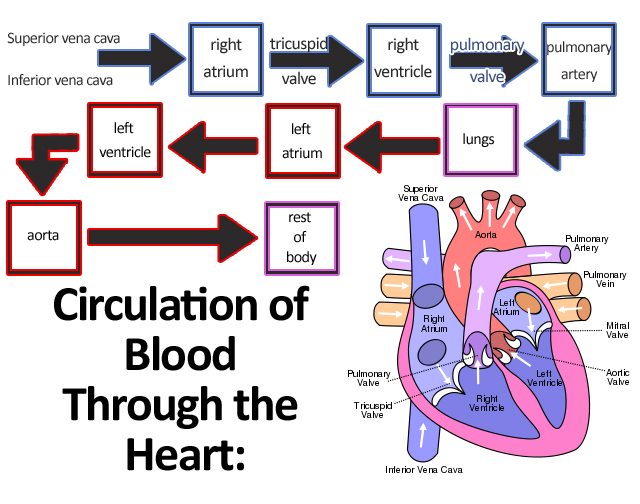
Circulatory system in Invertebrates
The circulatory system is effectively a network of cylindrical vessels (the arteries, veins, and capillaries) that emanate from a pump (the heart). In all vertebrate organisms, as well as some invertebrates, this is a closed-loop system in which the blood is not moving freely in a cavity. In a closed circulatory system, blood is contained inside blood vessels, circulating unidirectionally (in one direction) from the heart around the systemic circulatory route, then returning to the heart again. in contrast to a closed system, arthropods (including insects, crustaceans, and most mollusks) have an open circulatory system. In an open circulatory system, the blood is not enclosed in the blood vessels but is pumped into a cavity called a hemocoel. The blood is called hemolymph because it mixes with the interstitial fluid. As the heartbeats and the animal moves, the hemolymph circulates around the organs within the body cavity, reentering the heart through openings called Ostia (singular: ostium). This movement allows for gas and nutrient exchange. An open circulatory system does not use as much energy to operate and maintain as a closed system; however, there is a trade-off with the amount of blood that can be moved to metabolically-active organs and tissues that require high levels of oxygen. In fact, one reason that insects with wingspans of up to two feet wide (70 cm) are not around today is probably that they were outmatched by the arrival of birds 150 million years ago.


